Dancer Suhaee Abro opens up about overcoming discrimination and epilepsy
They say you should dance like no one’s watching. But in Pakistan, if you do decide to go down this road and pursue dance as an art form, the one thing you will always get is a lot of attention — and often not the most positive kind.
Exposed mostly to racy Bollywood numbers designed to give cheap thrills, the common person’s association to dance is just that — sleazy entertainment. And that those associated with it, especially women, are not the ‘right’ type.
It takes nerves of steel to push through all of the pressure and judgements and pursue the art form you feel you were born to do. Dancer and actress Suhaee Abro has been dancing since she was barely seven years old. She performed on her first stage when she was eight.
Going on stage and opening yourself up to people must have been a very intimidating prospect. “Initially it was really hard,” she says. “I would want to cry. I was dancing with Sheema [Kermani] Ji and if she said you have to perform, then you had to perform.”
At that tiny age, she would wear her yellow Bharatnatyam costume and a bright red lipstick and proceed to do her piece. “Sheema Ji would be standing on the side saying ‘Suhaee muskurao!’ [Suhaee smile!] and I would have a fake smile on my face.”
“But eventually I realised that this moment was special, of giving the audience something personal, a piece of yourself,” added Suhaee.

“With time, I started to enjoy that a lot. Now the stage is my favourite place. I love performing. Till today, I get nervous when I’m about to perform but I often talk to myself. I look into my eyes in the mirror and tell myself that the audience is there for you. It’s all about trust. I have to trust you guys, and myself, and be honest.”
The young dancer opens up about overcoming discrimination and a neurological disorder. Through it all, the one thing she never stopped doing was dancing.
She has recently returned from an almost one year haitus that she spent learning dance in Torino, Italy at the Nuova Officina Della Danza. One of the first things she did was use her recently acquired education in building a self-choreographed performance called Goonj [Echo], the first part of which was held at the Arts Council.
She was supposed to perform in Lahore the following weekend but a death in the family prevented her from doing so. Suhaee performed Goonj again at T2F earlier this year. Unlike her show at the Arts Council which was free and open to the public, this was a ticketed event.
“It was very different,” says Suhaee about her performance. “I don’t think anyone has seen me dance this way.” She did mostly interpretive dance, throwing caution to the wind and incorporating movements that were otherwise considered racy or vulgar by other people, if only to prove one point: they are not.
And between pieces she would talk to the audience. “I decided to speak about personal things because in an audience of hundreds of people it would help them connect and be aware of their emotions,” she said. “I felt this was important because people don’t speak about their stories.
“I spoke about the feeling of being in love and not caring that I’m not married,” Suhaee adds. “My parents were watching this show. I don’t care what people say. It’s a natural feeling and had a huge impact on my life.
“My point was for ordinary people to ‘feel’ it,” she says. “For me, that was a big thing because it was really contemporary. No beautiful costumes or hair and make-up, nothing like that. It was interpretative.”

It wasn’t just emotions experienced by most people and not talked about openly by Pakistani society in general that the artist touched upon.
“I also made a piece about my epilepsy,” she relates. “These are things people don’t want to hear about. I’ve been at shoots and people have told me ‘Aap pey jinn charrh jata hai.’ [You have been possessed.] Or a well-known director said to me, “Don’t you pray to Allah?” It’s got nothing to do with that.” The ignorance and the stigma surrounding a physical condition that she has no control over was not only surprising but discouraging as well.
The stigma extended beyond our borders. “One school in India actually told me they don’t want me because I am epileptic,” she said. “But I think it was because I was Muslim — or a Pakistani.”
“People don’t get it,” she adds. “So I decided to speak up about it on stage.”
She did mostly interpretive dance, throwing caution to the wind and incorporating movements that were otherwise considered racy or vulgar by other people, if only to prove one point: they are not.
Seventeen is quite late to find out that you suffer from a serious medical condition. “We don’t really know why I was diagnosed so late,” Suhaee said. “Nothing big happened before. [When I was younger] I would go blank now and then. That’s all.”
“When I was 16 or 17 I was going through a lot of emotional ups and downs. That’s when I actually started having seizures. I started hiding it from my parents because I was hardly home. I was filming for a play, preparing for a performance and doing my A-Levels at the same time.”
But the seizures didn’t remain a secret for long. “Then it happened in front of them, at T2F, at an event. People told them. I didn’t know much about what was happening to me at the time as well.” After consulting with doctors and getting tests done, she was given her diagnosis.
The next hurdle was finding a treatment and diet that worked for her. Suhaee laments the lack of awareness and information regarding epilepsy in the country. But it wasn’t the only thing she would have to learn to overcome.
“I lost a big chunk of my life,” she says. “I had an amazing memory, but that was affected. I lost all of my practice of 10 years, I lost all of my coordination. It still happens to me sometimes …” One of her seizures resulted in a broken tailbone, which later had to be operated on. She also contracted dengue fever. “I had a lot of health issues,” she says. “But I never stopped dancing.”
“Now I am quite okay. I’m well aware of my body. I’m stronger now. I’m able to do more things. But I still suffer from it. It’s very unpredictable.”

It was only when she went to Italy that she realised the shame she had been carrying associated with her illness. “Every time I’d have a seizure there, I’d start crying,” she confides, “I’d tell them [her class] how sorry I was. But they would assure me that ‘It’s okay. Let us be there for you.’ It took me a few months to be okay with it. I didn’t realise that for so many years, I wasn’t okay with it. I was always told to be ‘hush hush’ [about it].”
Italy was a turning point for the young dancer — who is just shy of 24. But before she got accepted, she faced a lot of refusals. “I was often rejected by schools or universities because I didn’t have ballet training,” she says. “I applied to this school in Italy at a very bad time in my life and somehow it worked out for me. I really wanted to get out of here, I felt I was being repressed here.”
She initially went for a three-month workshop after which they asked if the students would like to stay. “I decided since I’m here, I’ve improved so much in three months and so I decided to stay back. That really changed my life.
“The way I’ve danced has changed. Everybody tells me I look different. I’ve become more confident. I saw a completely different world of dance there. I was very happy. Every day, I had to dance.”
“In Italy, I got told a lot that I’m beautiful. People would say ‘You should model!’” I was surprised, “Because here people would make me feel I’m not [beautiful].’
She attributes the change to a place where the arts are more accepted. “There’s more freedom there,” she relates. “Here [Pakistan], there are a million problems: [People say things like] ‘Oh I can see your cleavage. Please don’t move like that, it’s too seductive.’ If not this, I was always told, ‘Oh you’re so dark (and ugly).’”
But her problems were not just limited to the dance industry. Being beautifully dark-skinned, she felt discriminated in the television industry as well. “Even the acting projects that I do here,” she trails off. “I love doing bold roles and playing real women but I’m often given roles of women that are very poor, rape victims or village girls because of my skin colour,” she says. “They cannot see me as someone who’s modern or someone who’s strong.”
Things changed after she returned from Italy this time around. “The moment I became happy, people started saying ‘Oh you look so attractive,’” she says. “I am in the acting field, I do want to take care of the way I look.
“I think now I have a very different perspective of [myself] in general. In Italy, I got told a lot that I’m beautiful. People would say ‘You should model!’” I was surprised, “Because here people would make me feel I’m not [beautiful].’
“After hearing all of that there, I’ve really stopped thinking about what people think of me. I’m really happy with the way I look.”
Coming from a very different culture, Suhaee got an opportunity to show off her classical dancing skills in Italy as well. This wasn’t her first international show. She’s previously performed in Germany, China, India and Nepal.
The support she received in Italy is something that has moved her very deeply. “I had a lot of trouble adapting to their style of dancing because they’re ballet-trained,” she related. But everyone was very helpful. “I also didn’t feel ashamed to ask.”
“Silvana Ranaudo is the artistic director of this progamme. She’s been amazing and has had faith in me.” Ranaudo later wrote on the school’s page: ‘Suhaee has been our greatest discovery.’
“She gave me a chance,” says Suhaee. “She told me once ‘It’s not about being able to do five pirouettes, a good dancer is someone who has the will to learn something and I see that in you.’”
Originally published in Dawn, ICON, July 30th, 2017





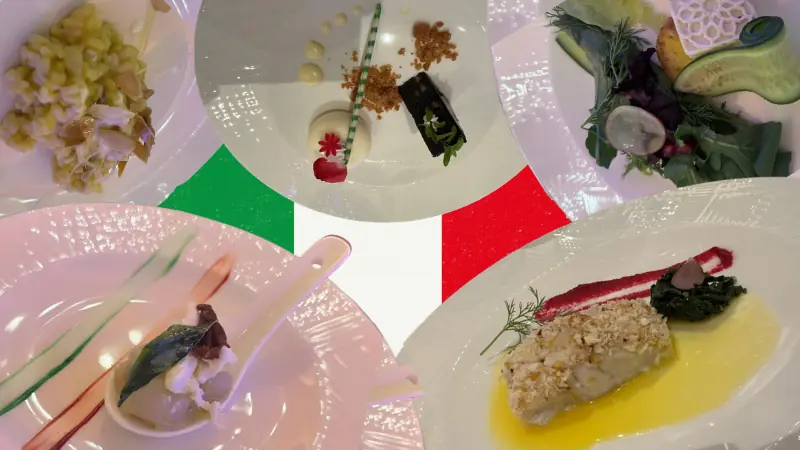
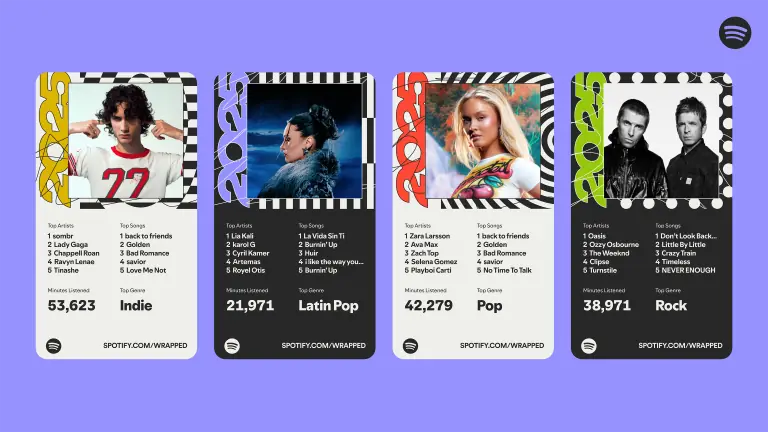

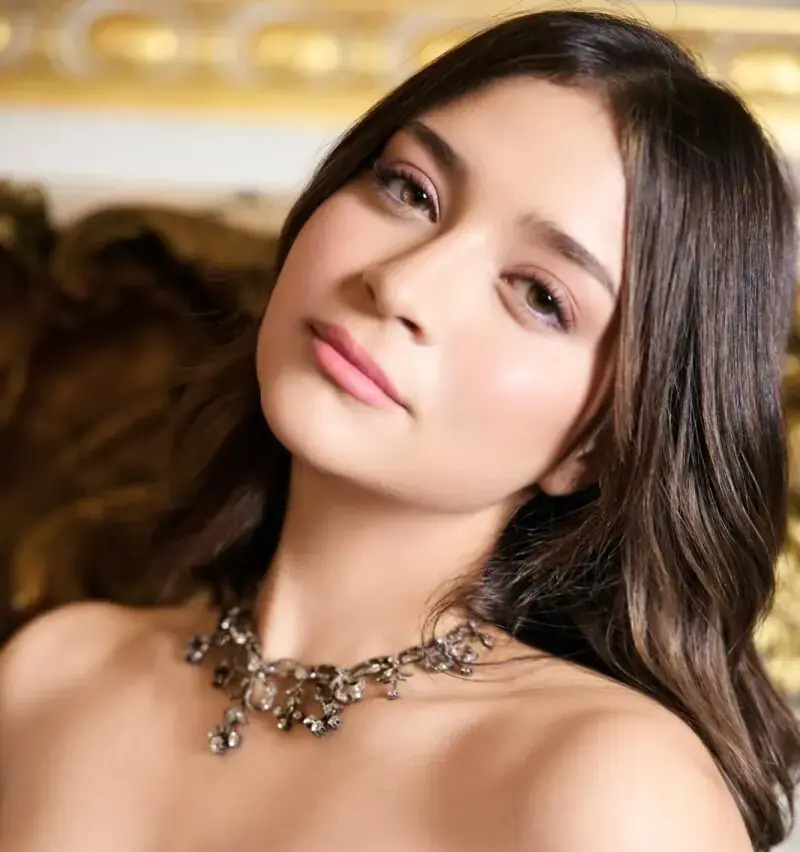
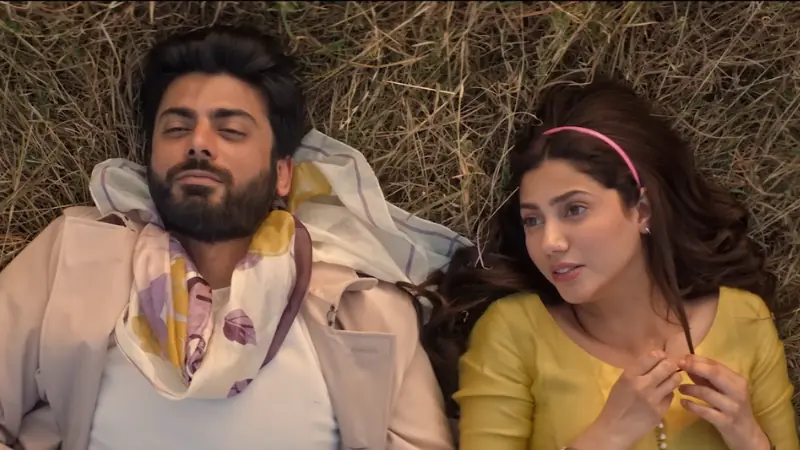
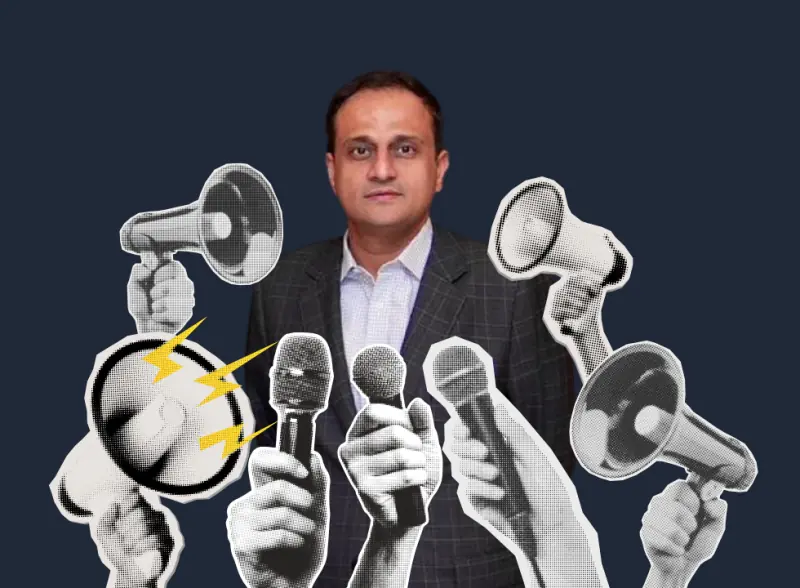
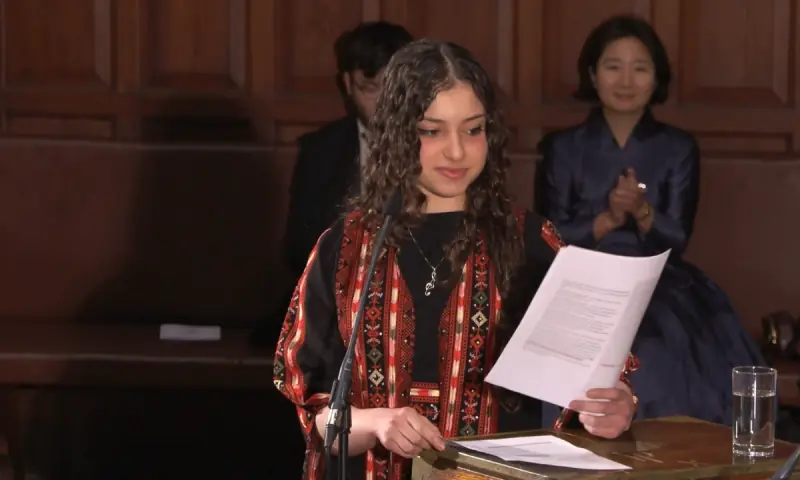
Comments